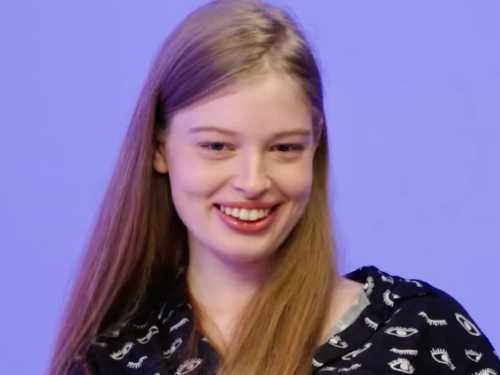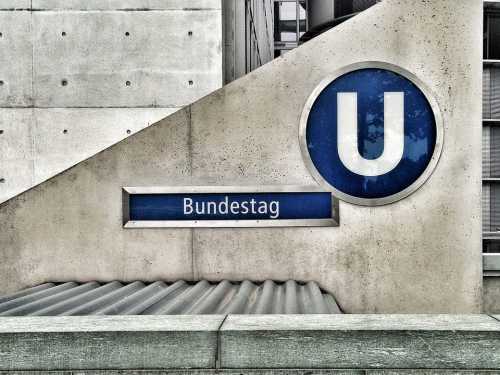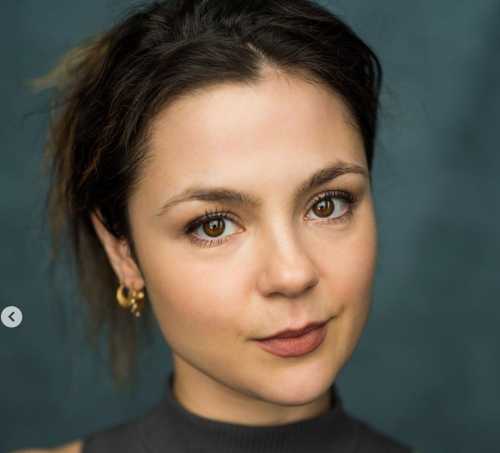
Last week marked the fiftieth anniversary of the East L.A. “blowouts,”
in which thousands of Mexican-American high-school students protested
their crowded, understaffed classrooms and outdated textbooks with an
organized walkout. At the time, George Rodriguez was a
thirty-one-year-old photographer working at Columbia Pictures. It was a
good job, working on the publicity stills of stars like Frank Sinatra
and Jayne Mansfield. Rodriguez, who is also Mexican-American, had grown
up at a different time, and in a different part of the city—South L.A.,
not the Eastside, which was the hotbed of the burgeoning Chicano
movement. But he recognized that something important was happening.
During lunch breaks, he grabbed his camera and drove across town to take
pictures. Who else would document this moment? One photo features a
teen-ager, his hair parted down the middle, holding a sign in each hand:
in the right, roosevelt chicanos demand justice; in the left, fuck the pigs. A visual
reminder, in light of the recent Parkland student protests, that
teen-agers have long been at the forefront of demanding political change.
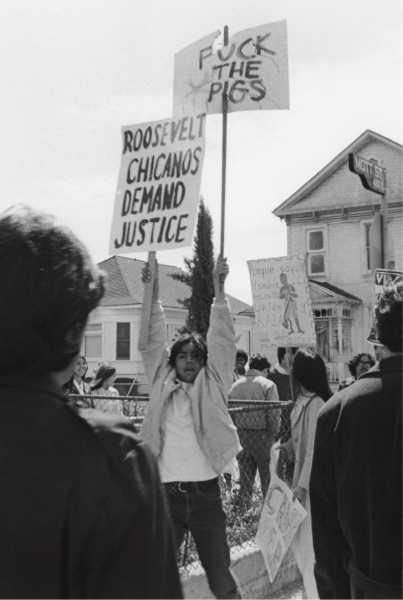
The student walkouts, known as “blowouts,” in Boyle Heights, 1968.
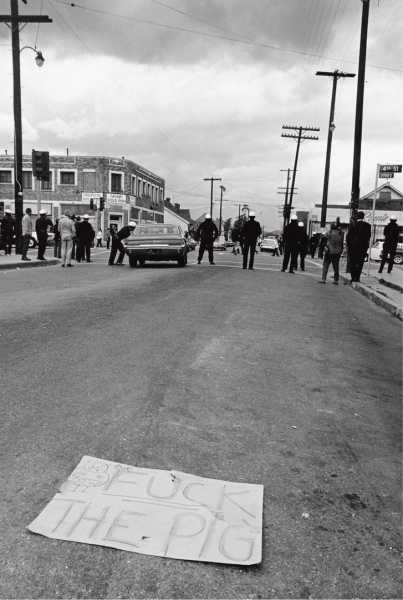
The Chicano Moratorium, an anti-Vietnam War demonstration, in East Los Angeles, 1970.
As Rodriguez’s career evolved, so, too, did his interest in these
seemingly disparate L.A. worlds: one fantasy-filled and glamorous, the
other gritty and politically attuned. He continued to work for studios
and record labels but also began working as a photojournalist, covering
protests, speeches, even the L.A. riots. As he later remarked, “I was
really living two lives.” “Double Vision: The Photography of George
Rodriguez,” a new book from Hat & Beard Press, puts these lives side by
side. There are images of iconic performers: Van Morrison staring off
into space while jamming with the Doors; the Jackson 5 playing
basketball in the driveway of a house up in the hills; Eazy-E with a
“Compton” baseball cap, sunglasses, and leather gloves, trying to look
as tough as possible (a facing image, where you can see the rapper’s
soft eyes, might actually be more chilling). Rodriguez’s work is earnest
and professional, full of the angles and lighting tricks that make
people seem worthy of the album covers and magazine spreads he’d been
commissioned to shoot.
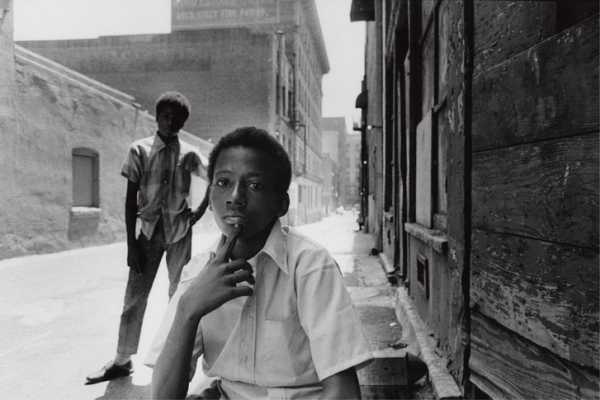
Los Angeles, 1971.
But there are also pictures of everyday people in Los Angeles: a man
leans into the welcoming light of a taco stand; a pool player, resting
on his cue, is caught with his mouth agape, mid-yawn; some black and
brown kids at a rally share a laugh on the side. In one particularly
rich image, Pete Wilson, the governor of California, stands at a podium,
addressing La Opinión, a Spanish-language newspaper; Antonia
Hernández, the head of the Mexican American Legal Defense and Education
Fund, sits to his left, her arms folded, head cocked, trying to destroy
him with her glare. “I was surprised someone named Rodriguez was coming
from the L.A. Times,” the civil-rights and labor activist Cesar Chavez
said when the photographer came to shoot him. Rodriguez ended up taking
an iconic picture of Chavez, in the hallway of his office, in front of a
campaign banner for the late Robert Kennedy, who had supported Chavez
and the farmworkers’ movement.
“In photography,” the scholar and curator Josh Kun writes, in his
powerful introductory essay, “double exposure typically refers to the
photograph, not the photographer.” It occurs when the film is bared to
light twice during a single shot, resulting in two exposures in a single
image. The effect can be surreal, like a haunting. Taken as a whole,
Rodriguez’s work offers a different kind of double exposure. In dividing
his attention between two worlds that overlap but rarely intersect, he
created one of the truest chronicles of Los Angeles there is.
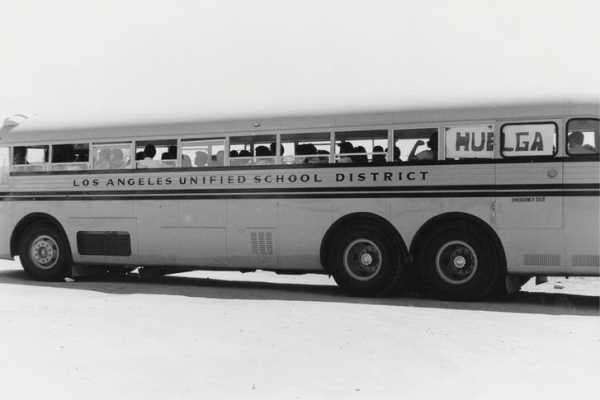
Mexican-American students in Delano, California, a hub for agriculture and the farmworkers’ movement, 1969.
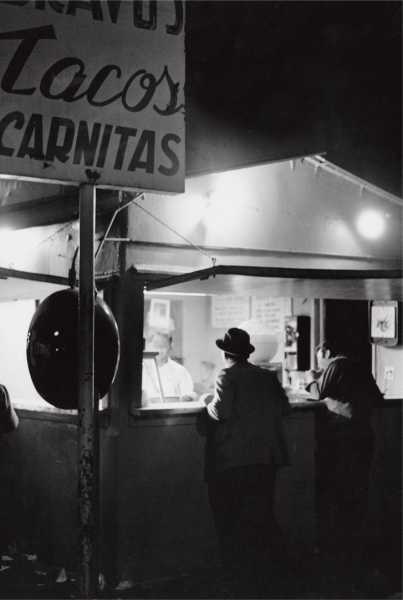
Bravo’s Tacos in Los Angeles, 1970.
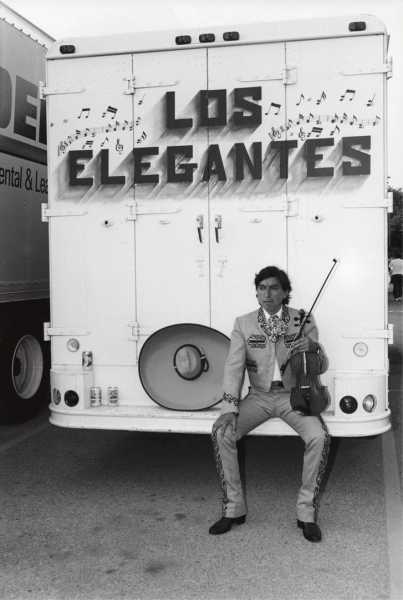
A mariachi musician in Pico Rivera, 1990.
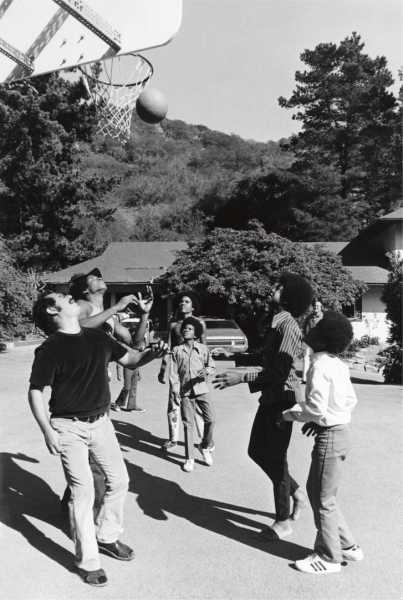
Rudy Rodriguez with the Jackson 5 in Encino, 1971.
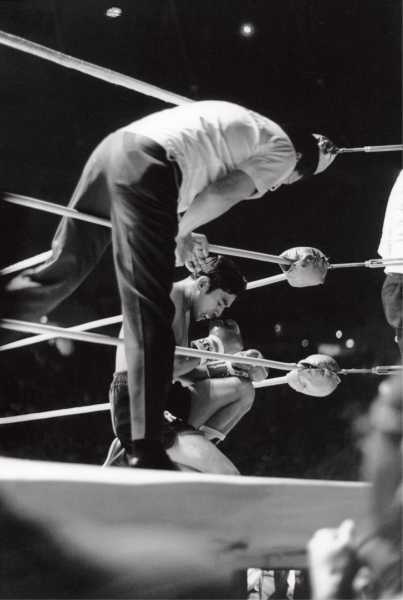
The boxer Rubén (The Maravilla Kid) Navarro at the Forum, in Inglewood, 1968.
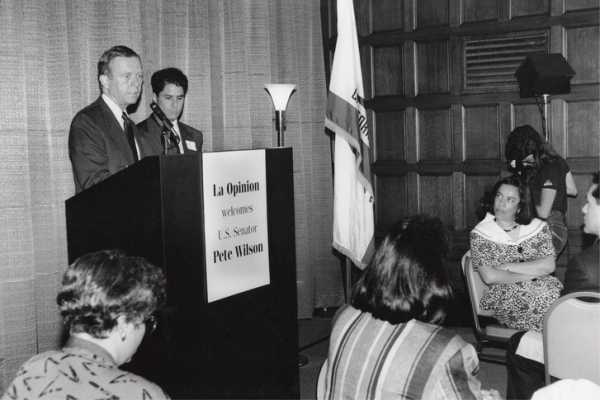
The California governor (and former U.S. senator) Pete Wilson speaks to the staff of La Opinión in Los Angeles, 1994.
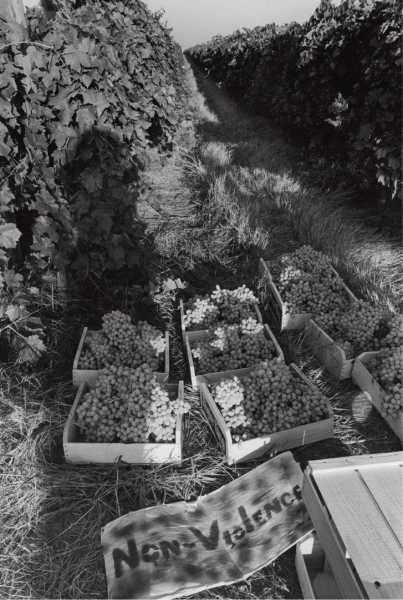
A farmworker boycott of grape growers in Delano, 1969.
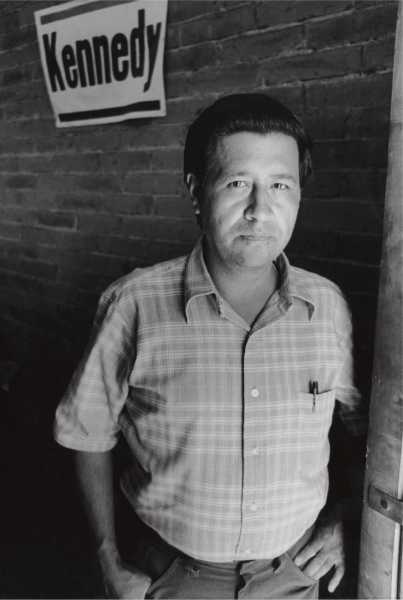
Cesar Chavez in Delano, 1969.
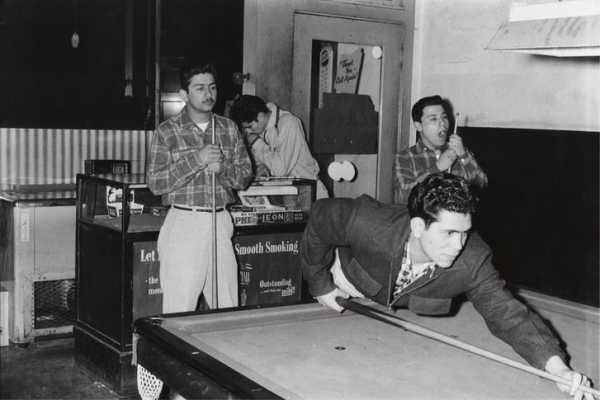
A pool hall in Los Angeles, 1959.
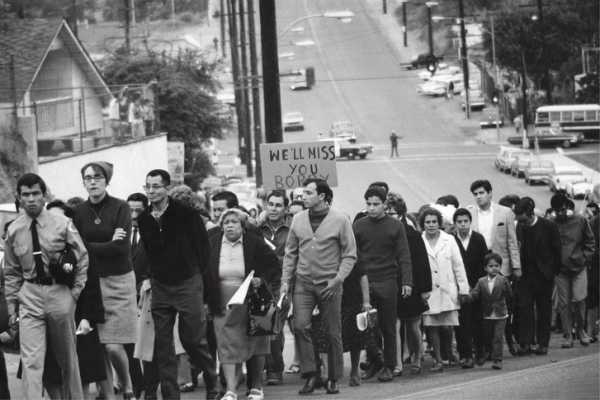
A requiem procession for Robert F. Kennedy, who had supported the farmworkers’ movement, the day after his assassination, in East Los Angeles, 1968.
Sourse: newyorker.com
